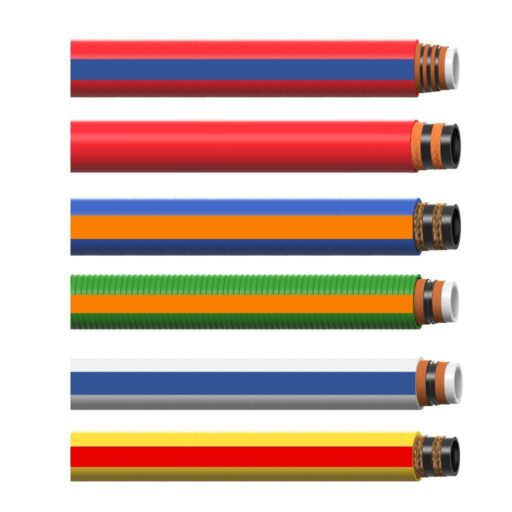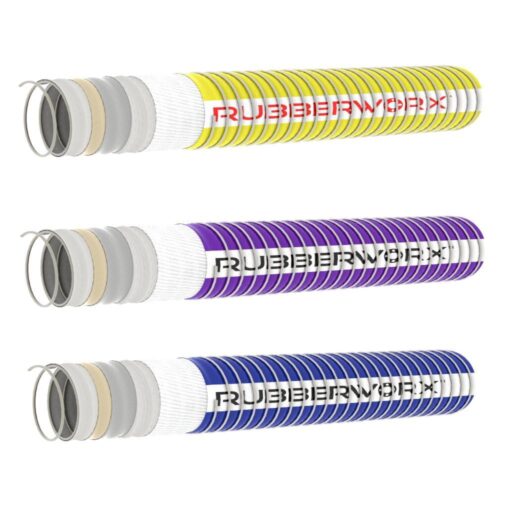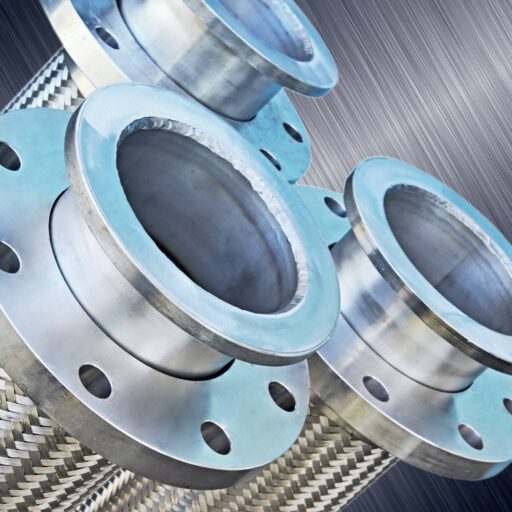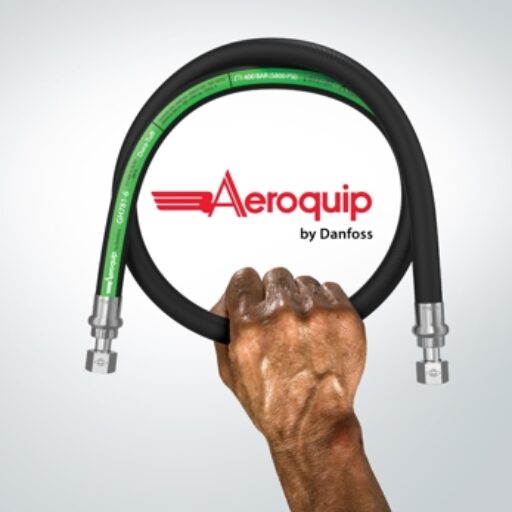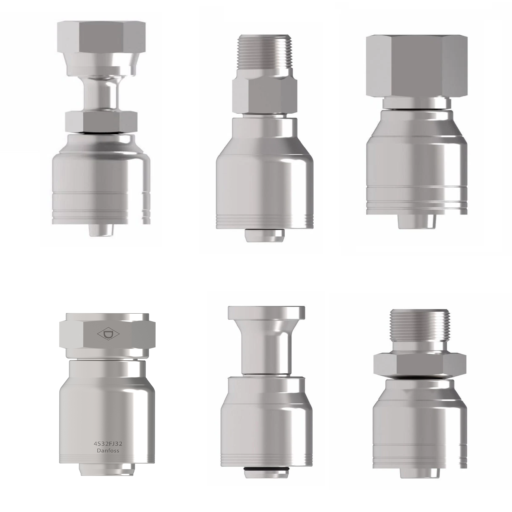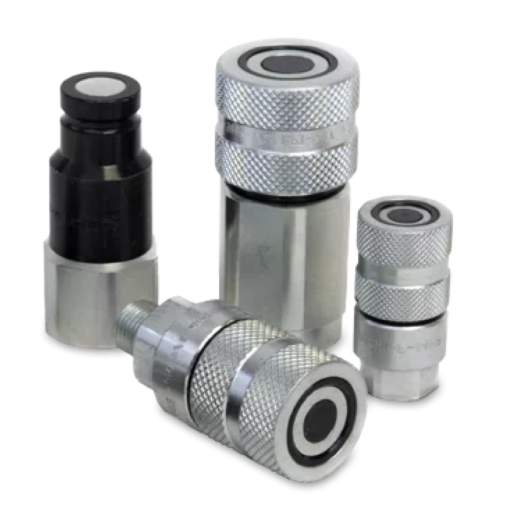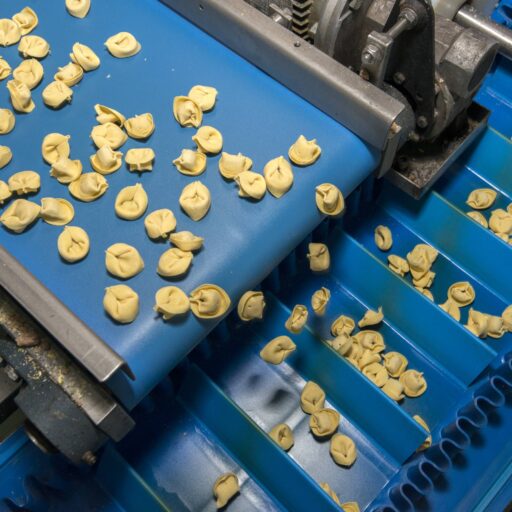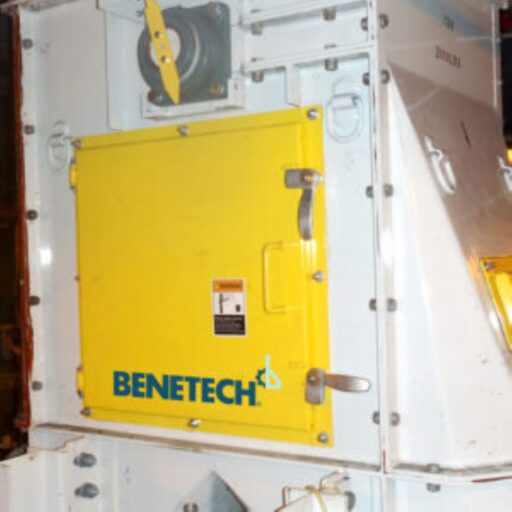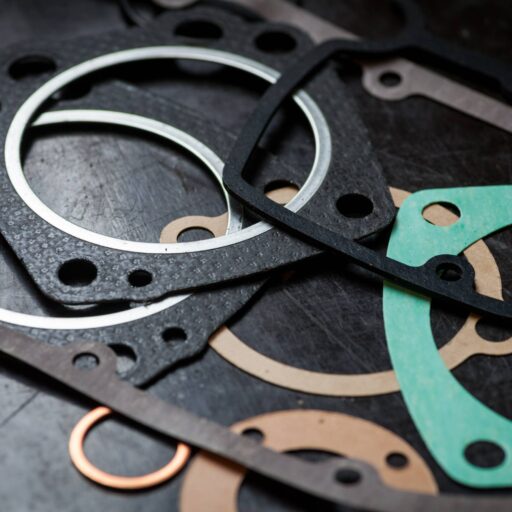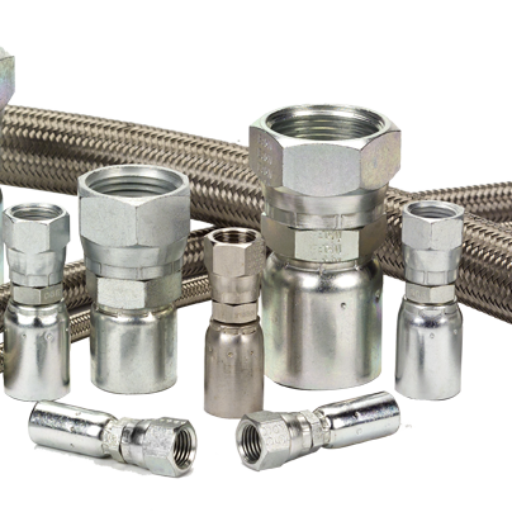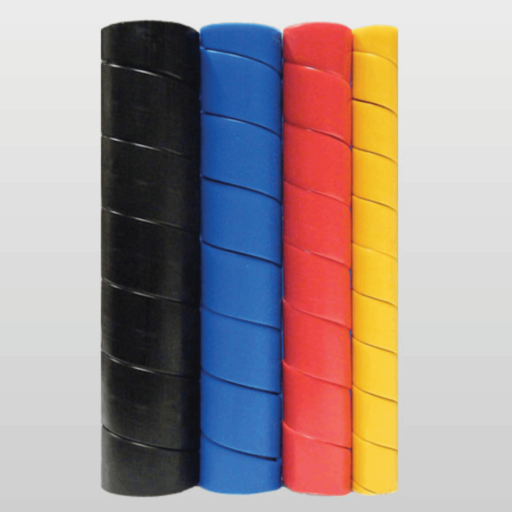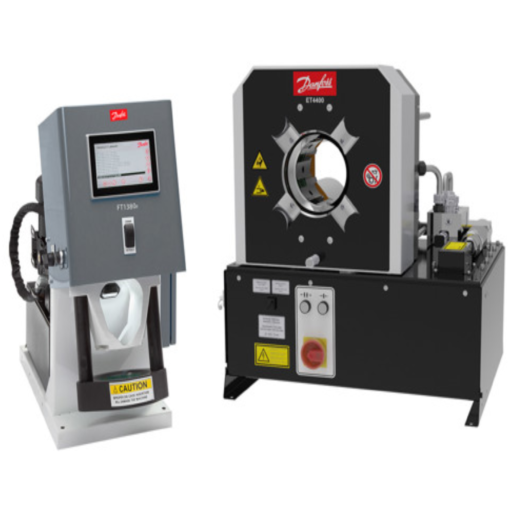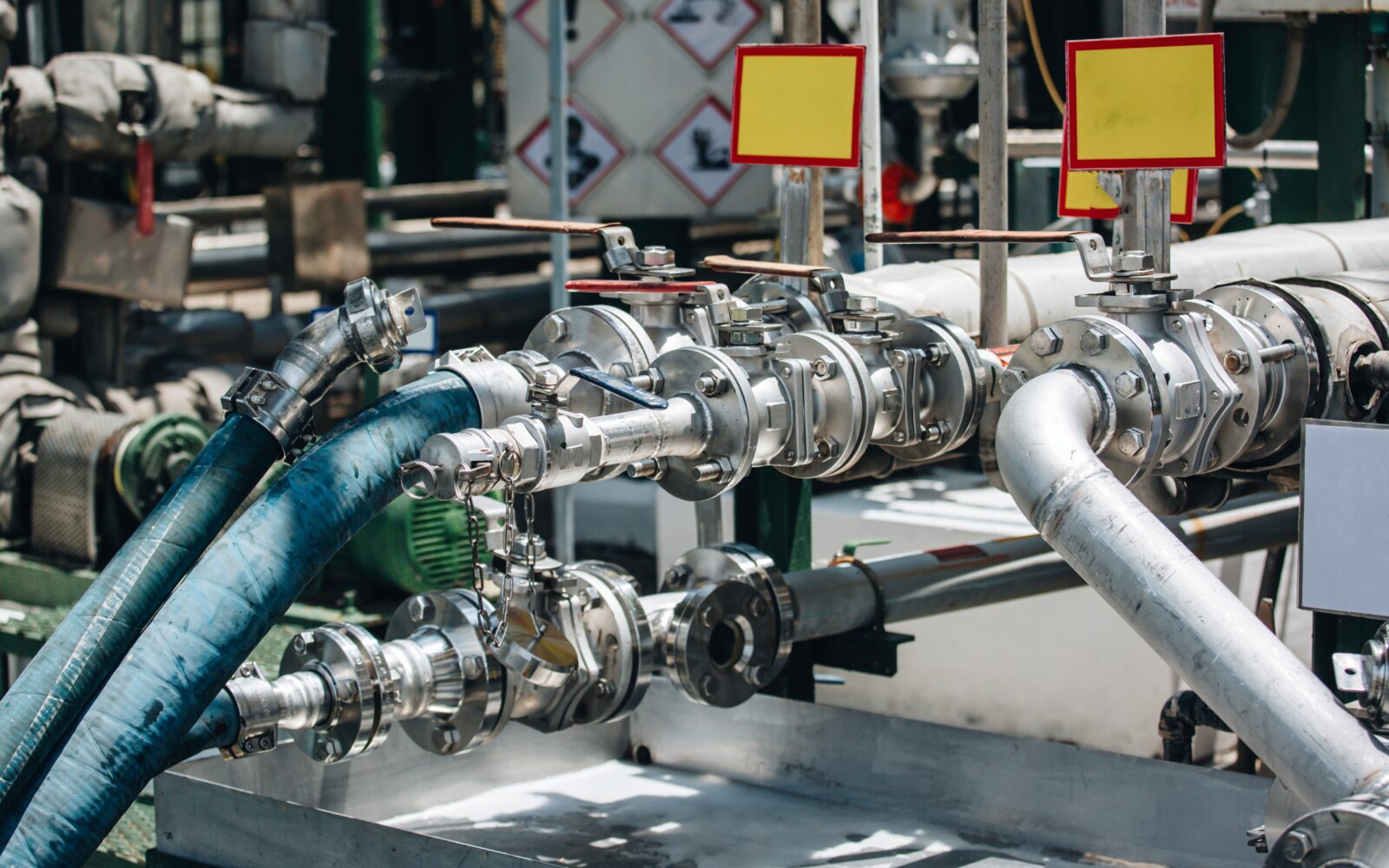Choosing the Right Hose Matters
Selecting the right chemical-resistant hose is crucial for safety, efficiency, and durability in industrial operations. The wrong choice can lead to chemical degradation, hose failure, and costly downtime. Below, we outline the key factors to consider, common mistakes to avoid, and best practices to extend the lifespan of your hoses.
Key Factors in Choosing a Chemical-Resistant Hose
When selecting a hose for chemical transfer applications, ask yourself:
✔ Is the hose material compatible with the chemicals being transported?
- Options like PTFE, rubber, stainless steel, and composite hoses each have different resistance levels. Always check compatibility charts before making a selection.
✔ Can the hose withstand extreme temperatures?
- High temperatures can weaken hoses, affecting their pressure rating and lifespan. Always review temperature derating charts.
✔ Does the hose meet the required pressure ratings?
- A hose must handle both operating and burst pressures safely to prevent failures.
✔ Is flexibility important for your application?
- Some applications require tight bends, but exceeding a hose’s minimum bend radius can cause premature failure.
✔ What about static conductivity?
- If static buildup is a concern, choose a conductive hose and ensure proper grounding to fittings.
✔ Does the size and length match your system?
- Using the wrong hose size reduces efficiency and increases safety risks.
Common Mistakes to Avoid
🚫 Ignoring Chemical Compatibility – Not all hoses handle all chemicals. Always verify compatibility before purchase.
🚫 Overlooking Temperature Limits – Hoses that can’t withstand extreme temperatures will degrade faster.
🚫 Selecting the Wrong Pressure Rating – A hose with an inadequate pressure rating could rupture, creating hazardous conditions.
🚫 Neglecting Regular Inspections – Routine maintenance detects wear, leaks, or degradation before failures occur.
Best Practices for Extending Hose Lifespan
✔ Conduct Regular Inspections – Look for cracks, bulges, and leaks.
✔ Store Hoses Properly – Keep hoses in a cool, dry area away from UV rays and chemicals.
✔ Ensure Correct Installation – Avoid excessive bending, twisting, or improper routing.
✔ Flush & Clean Regularly – Prevent chemical buildup and contamination.
Need Expert Assistance?
Choosing the right chemical-resistant hose is essential for workplace safety and efficiency. Contact RW Connection today for expert recommendations and high-quality industrial hose solutions.

